Bulawayo records worrying increase in home births

Thandeka Moyo-Ndlovu, Senior Health Reporter
BULAWAYO recorded an increase in home deliveries since January this year, a development which experts say may reverse gains made in reducing maternal and neonatal mortality rates in Zimbabwe.
Reasons behind the risky decision to deliver at home without skilled personnel vary from high prices of ambulance services, maternity fees and poor health seeking behaviour from pregnant teenagers.
Some women have also delivered at home as they could not afford to timely commute to public hospitals where maternity fees were scrapped.
Statistics from council minutes show that since January, a total of 137 babies were delivered at home, before arrival at health institutions.
The same document shows that the number of women who attend the recommended antenatal care visits in clinics and other health institutions remain low which is a cause of concern.
Zimbabwe has more than halved maternal mortality rates in a decade, from 960 per 100 000 live births in 2010 to 462 in 2019, the latest report by Unicef Zimbabwe shows.
A maternal mortality rate is considered a primary and important indicator of a country’s overall health status or quality of life.
The World Health Organisation (WHO) defines maternal death as the death of a woman while pregnant or within 42 days of termination of pregnancy, irrespective of the duration and the site of the pregnancy, from any cause related to or aggravated by the pregnancy or its management, but not from accidental or incidental causes.

World Health Organisation
The 2021 State of World’s Midwifery report by UNFPA stated that fully resourced midwife-delivery care by 2035 could avert 67 percent of maternal deaths, 64 percent of new born deaths and 65 percent of stillbirths, and save 4,3 million lives annually.
“A significant increase of babies delivered at home was noted during the months of March and April with Luveve Clinic having 17 percent of their deliveries coming as born before arrivals (BBAs). There was a marked decrease in new antenatal Care visits in April 2022 as well,” read the council minutes.
“Of the 362 deliveries recorded from council-run clinics in March, 30 were BBAs and the number went up to 42 in April from the 369 total deliveries.”
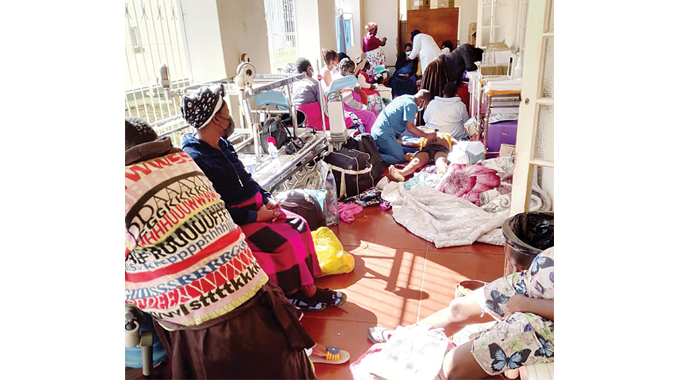
Expecting mothers at UBH
In an interview Bulawayo provincial neonatal and child care officer Dr Tawanda Chikotosa said the numbers of home deliveries were worrying.
“These numbers are against our aim as the Ministry of Health to reduce maternal mortality and neonatal mortality and we are worried as this will make us lag behind on our achievements. Our National Development Strategy also speaks to quality healthcare service and if we continue recording these numbers, we may fail to meet the goals,” said Dr Chikotosa.
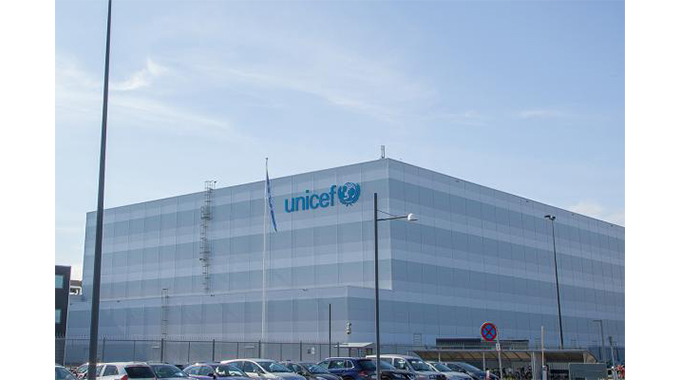
Unicef
“Regardless of the ministry’s effort to make a policy that all mothers don’t pay at all institutions maternity fees, some mothers are unable to present to hospitals. This is because of the prevailing high costs related to going to hospitals hence they stay home until they deliver and then walk to the nearest clinic.”
He said the province has also been recording a number of teenagers falling pregnant, girls as young as 14 and the same are never eager to seek medical attention.
“Some of these cases are of very young mothers, in Form 2 and Three who fall pregnant and then decide to shy away from presenting at health facilities. They try to conceal their pregnancies as if they will not be accepted or offered services when they present to any health institution.”
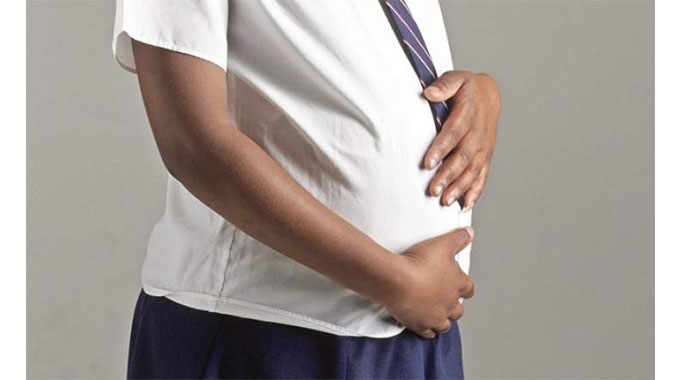
Pregnant school girl
Dr Chikotosa said teenage mothers also have a tendency of absconding antenatal visits which puts them at risk.
“When clients present late or after delivery they put their lives at risk as there are many complications that may happen during pregnancy and post-delivery. We also have to step up our awareness efforts as a ministry to ensure that every woman understands the importance of seeking health care services especially when pregnant so that we save both the lives of women and the babies,” he said.
An official from council who spoke on condition of anonymity said some women claim that they prefer to deliver at home as they cannot afford ambulance services.
“We have a shortage of ambulances and they cost anything from US$10 up to US$65 which is out of reach for most residents despite their condition.” –@thamamoe

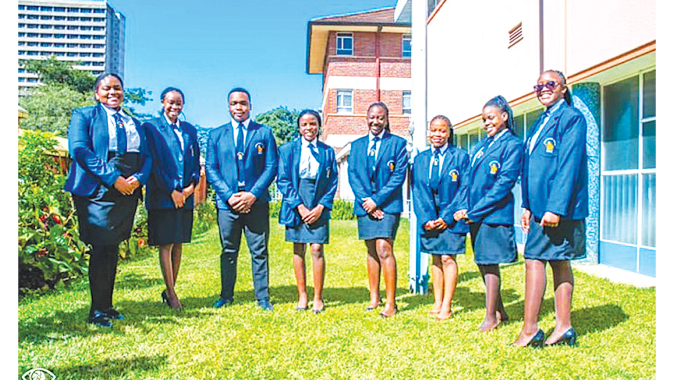



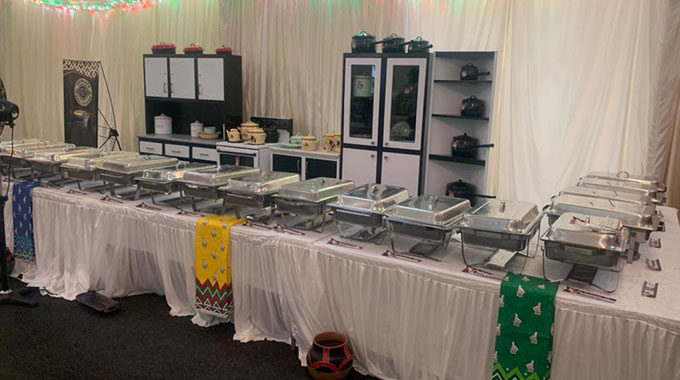





Comments